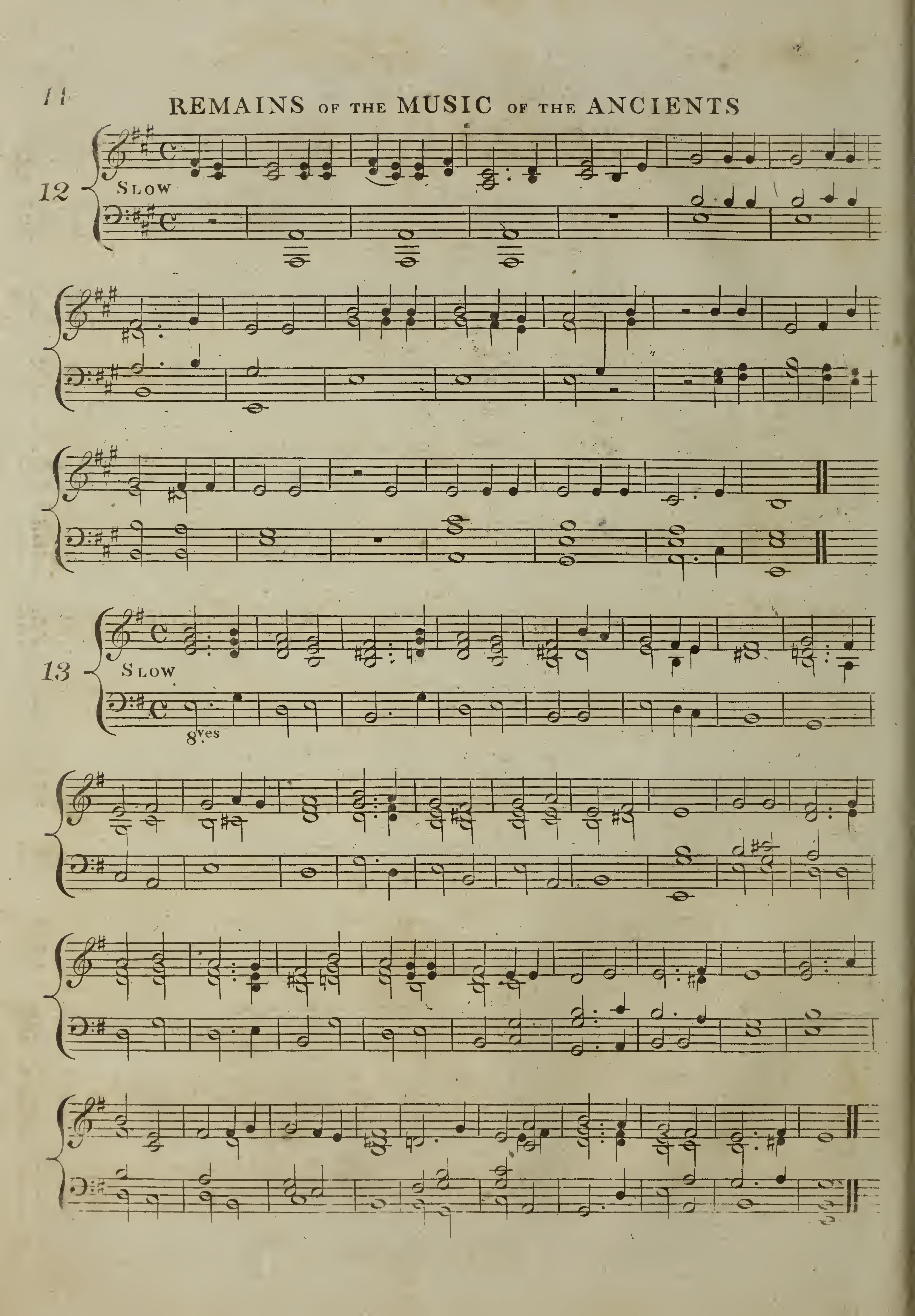Thanks!
This isn’t something I’ve picked up from any book in particular, but rather an idea I’ve come to from doing some reading into this area. The term ‘contractual’ is very much mine, and not taken from any particular source! It came to mind when I was thinking of the nature of the magic, and seeing certain parallels there.
When I looked up the translations of the two magic papyri I linked to above, I was struck by the similarities of the rituals to those of mediaeval demonology. The whole approach, the ritual incantations, the use of True Names, and the invoked spirit being the source of the magic were are quite similar. (If the term ‘demonology’ sounds worrying, by the way, it basically refers to a common mediaeval approach to magic: summoning a demonic entity and getting them to perform a magical task for you by promising something in return. I suspect that’s one of the roots of the modern idea of written contracts with devils/demons which pop up in modern media from time to time! I come across all sorts of things through my work, haha.)
I was interested in the comparison, so looked into more rituals in the book of translations I linked to. I read a few commentaries and articles, too. While these articles were rather hesitant to talk about the nature of the rituals themselves, a general thread ran through all of them: that much of the magic involves persuading a spiritual being to perform some magical act. That was certainly the case for the rituals I looked through. Ancient Greek magic really did seem to be a direct precursor to the idea of mediaeval demonic contracts. I was struck by the similarity with the contracts in Minotaur Hotel, too, which further informed my thinking. So describing this magic as ‘contractual’ seemed very natural!
Incidentally, what I mean by ‘contractual’ is simply that the magic involves some formal agreement between the human caster and some spiritual being. The magic requires such a being, since only they have the power to work magic; humans do not. This makes the magic distinct from other types of magic we see in modern fantasy. There’s no use of innate inner power, here, or tapping into the energy of the surroundings in some way. There is no ‘magician’, as such. Ancient Greek magic mainly seems to consist of persuading more powerful creatures than you to do things to your benefit, often at considerable cost to you.
If you’d like to read a little more about this, the translation book I linked to has a couple of good forwards. They mostly talk about the papyri themselves, but the last couple of pages of the first forward talk about the nature of the magic somewhat. You’ll probably want to download the .pdf though, if you can, since a rather critical page is reversed on the Archive’s scan! Sadly, some of the better articles I read I can’t share for rights reasons. However, this Wikipedia article has quite a good summary, and has some good suggestions for further reading in there too:
https://en.wikipedia.org/wiki/Magic_in_the_Greco-Roman_world
For my part, that article got my thinking about Circe, and how her magic could be thought of in contractual contexts! (Basically, it’s a little awkward, but possible!)





